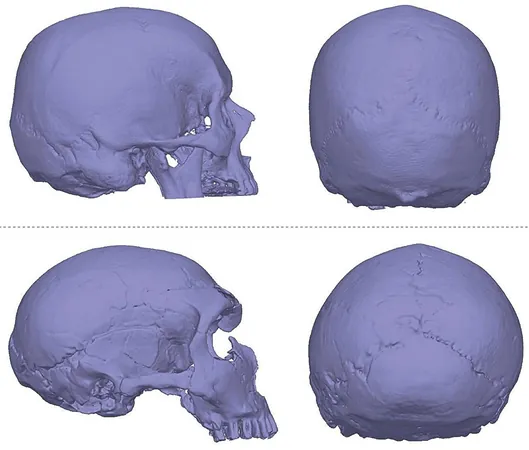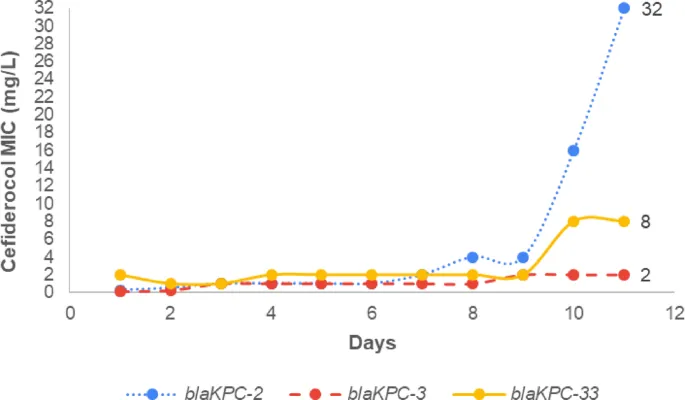
Could Neanderthal DNA Be Behind Your Headaches?
2025-07-08
Author: Arjun
Neanderthals: The Unlikely Culprits of Modern Ailments
If you often suffer from headaches, dizziness, or even blurred vision, it turns out our ancient relatives, the Neanderthals, might be to blame. Researchers suggest these pesky symptoms could be linked to a condition known as Chiari malformation, where the brain's lower portion slips into the spinal cord.
The Chiari Connection
Chiari malformations are structural brain defects, with Chiari 1 being the mildest form, affecting around 1 in every 100 individuals. This condition is notably characterized by skull shapes reminiscent of our Neanderthal ancestors. This peculiar resemblance has led scientists to propose what's known as the Archaic Homo Introgression Hypothesis, suggesting that interbreeding between early humans and Neanderthals may have left a genetic mark.
Groundbreaking Research Unveiled
Kimberly Plomp and her team from the University of the Philippines Diliman dove deep into this hypothesis. They meticulously constructed 3D models of skulls from 46 individuals diagnosed with Chiari 1 and compared them to 57 control cases via sophisticated CT scans. Their findings? Those with Chiari 1 showcased a flatter, smaller occipital bone, leading to excessive brain compression—crucial for balance and coordination.
A Look at Our Ancestors' Skull Structures
The researchers went even further, comparing modern skulls to digital models dating back to ancient species like Homo sapiens, Homo erectus, Homo heidelbergensis, and of course, Homo neanderthalensis. Astonishingly, they observed that the skull structures of Chiari 1 patients closely mirrored those of Neanderthals, while the control group bore more resemblance to contemporary humans.
What Does It All Mean?
While these findings are intriguing, they don't provide definitive answers. The Archaic Homo Introgression Hypothesis suggests that Chiari 1 may arise from genetic influence from three extinct Homo species. However, the research hints that Neanderthals alone could be responsible for these cranial traits. It's a reminder of how ancient DNA is intricately linked to our health today.
The Future of Research on Neanderthal Genes
With most non-African populations carrying about 1-2% of Neanderthal DNA, the implications for health and disease are profound. The next step for this team of researchers is to hunt for Neanderthal genes within the DNA of those with Chiari malformations. Identifying these genetic markers could pave the way for earlier diagnoses and innovative treatments, highlighting a fascinating intersection of history and health.



 Brasil (PT)
Brasil (PT)
 Canada (EN)
Canada (EN)
 Chile (ES)
Chile (ES)
 Česko (CS)
Česko (CS)
 대한민국 (KO)
대한민국 (KO)
 España (ES)
España (ES)
 France (FR)
France (FR)
 Hong Kong (EN)
Hong Kong (EN)
 Italia (IT)
Italia (IT)
 日本 (JA)
日本 (JA)
 Magyarország (HU)
Magyarország (HU)
 Norge (NO)
Norge (NO)
 Polska (PL)
Polska (PL)
 Schweiz (DE)
Schweiz (DE)
 Singapore (EN)
Singapore (EN)
 Sverige (SV)
Sverige (SV)
 Suomi (FI)
Suomi (FI)
 Türkiye (TR)
Türkiye (TR)
 الإمارات العربية المتحدة (AR)
الإمارات العربية المتحدة (AR)